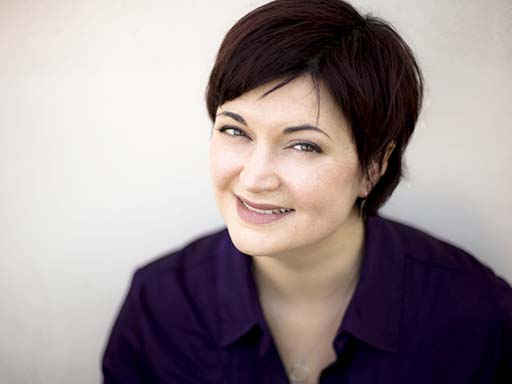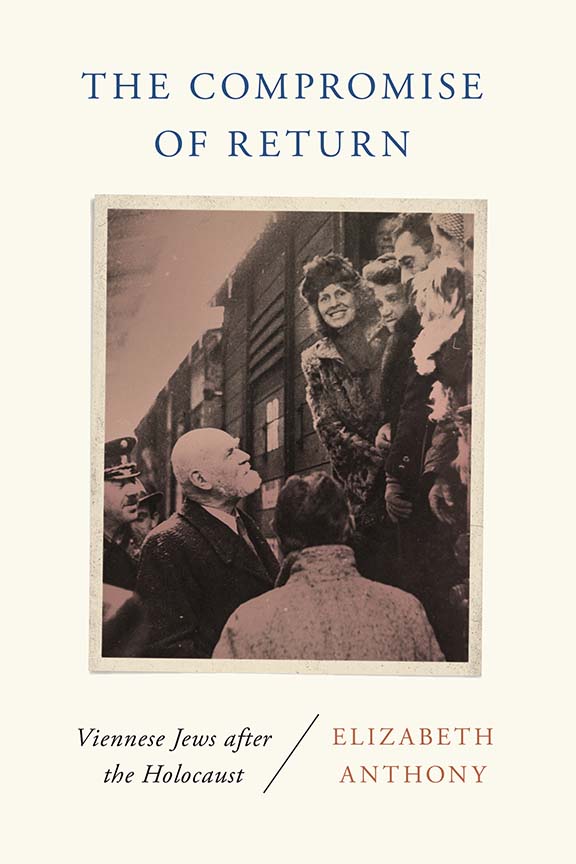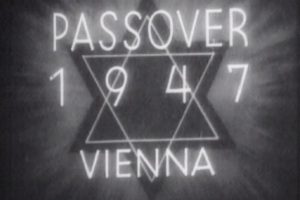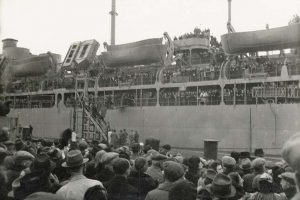
Book Review—The Compromise of Return: Viennese Jews after the Holocaust
Vienna and its Jews after the war
Why did some Jewish survivors choose “to return” to Vienna after the war? Why did they opt to live in their prewar homeland that had robbed, expelled, or deported them? These are the questions that The Compromise of Return: Viennese Jews after the Holocaust seeks to answer.
The author, Dr. Elizabeth Anthony, a historian and the Director of Visiting Scholars Programs at the Jack, Joseph and Morton Mandel Center for Advanced Holocaust Studies at the United States Holocaust Memorial Museum, distinguishes four different cohorts of surviving Jews who went back to Vienna after the war. Each group had its own motivation for returning to the Austrian capital. The first “returnees” were the Jews who had survived within the city limits and reemerged immediately after the Russian conquest in April 1945. They were estimated to number between 5,000 and 6,000 and included the U-Boote who had hid or concealed their identity, Jews who had intermarried with non-Jews, and the employees of the Nazi-appointed Jewish community leaders, the Ältestenrat (Council of Elders), and their relatives. For this first group, the question whether “to return” or not to Vienna did not emerge, as they had never left the city.
When these survivors emerged from shelter, they had to start anew and secure their basic needs in a city which had been partially destroyed by the fighting. Although the provisional government of Karl Renner passed A Victims Welfare Act in July 1945 for “victims of fascism,” the act excluded those who had been mistreated on racial grounds. Austria did not provide monetary support or tax relief to Jewish survivors until 1949. As a result, the Jewish community, the Israelitische Kultusgemeinde Wien or IKG, had to meet the dramatically altered needs of the community and to provide financial support, clothing, and furniture to the Jews who emerged from hiding. The IKG depended on the financial aid of foreign Jewish organizations, especially the JDC. Elizabeth Anthony notes that the JDC “played a crucial role in providing for survivors’ urgent needs” (p.73).
Concentration camp survivors constituted the second wave of Jewish returnees to Vienna. According to Dr. Anthony, returning to a “familial home” was at the core of these concentration camp survivors’ motivation to go back to Vienna. They wanted to return to the last place they had been together with family and friends. As the Austrian government did not assist their homecoming, some of these returnees traveled back to Vienna on Allied-organized repatriation transports, while others made their own way, by train, horse-drawn carts, or even on foot. Dr. Anthony notes that neither the Austrian gentile population nor the government showed sympathy for the returning camp survivors. Their presence threatened the construction of the postwar myth of Austria as the first victim of Nazi Germany. These returnees quickly realized that they could not rely on the Austrian government for compensation and assistance. They turned to the IKG and International Jewish organizations such as the JDC for help in finding housing and work and locating their family members.
The next group to return to Vienna, beginning in the fall of 1945 and through 1946, were the Austrian Jews who were affiliated and active in the Communist and the Social Democratic parties while they lived abroad after fleeing the Nazis. Throughout the war, the Communist and Social Democratic parties operated in the Soviet Union, Great Britain, Scandinavia, and France. They provided cultural activities and gave the refugees an “adopted family” and home with which they identified. The parties encouraged and prepared Jewish Social Democrats and Communists to go back to Vienna and take part in the political and physical reconstruction of Austria. This group of returnees also faced the same lack of support and assistance from the Austrian government and the unwillingness of Austrian society to welcome Jewish returnees. Many of these politically active Jewish returnees turned to the Jewish community for aid and backing. They joined the Jewish community as formal members and played an increasing role in Jewish community politics even though many of them had not even affiliated publicly as Jews before 1938.
The last wave of returnees, who began to arrive toward the end of 1946 and came from all over the world, hoped to reestablish their professional lives in Vienna. Some had tried to establish themselves in their respective lands of exile, but had been unsuccessful with their accomplishments. This was the case for instance with doctors, lawyers, and journalists whose training and language tied them to Austria. Many were able to re-establish their professional lives. However, like the other returnees, they had to navigate a city suffused with latent antisemitism.
JDC representatives in Austria were very much aware of the antisemitic atmosphere in Austria. As Dr. Anthony notes, in February 1946, Dr. J. Benson Saks, the head of Austrian Operations for the Joint, stated that Jews should be discouraged from going back to Vienna which faced social and economic problems and was a hostile place for the Jews (p.145). A month later, in March 1946, the Joint office in Vienna cabled the New York headquarters to request that their colleagues in Shanghai do everything possible to discourage the repatriation of the Austrian Jewish refugees there. In February 1947, the Director of the Joint in Austria, Josef Silber, told his superiors that JDC must maintain his operations in Austria to help the Austrian Jews rehabilitate even though he had been told by the Austrian Chancellor, Leopold Figl, that there would be no “Jewish problem” under his government. Dr. Anthony notes that Silber “seemed to have read between the lines” (p.198). JDC sensed the intricate climate and helped the best way it could.
The Compromise of Return is well-researched and deeply felt. This is an eye-opening book that should be read by academics and armchair historians seeking to learn about the life of Jewish Austrians after the war.




